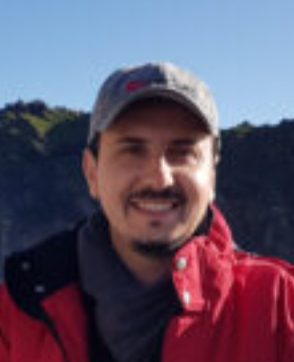Towards a Digital Twin of Earth – Insights from Numerical Models of Tectonics, Paleogeography and Landscape Evolution
OR
About the Course
PESA members, view the course for free!
The collection of geological and geophysical data is costly, and numerical approaches that reveal additional insights are opportunities in value-adding to decades of data collection. We build numerical Earth models (mantle convection, plate tectonics, paleogeography, and landscape evolution) to explore the interaction between active geology, the hydrosphere-atmosphere system, and even the biosphere (e.g., carbonate platforms) on geological timescales. We have used these numerical models to better understand the role of eustasy, mantle-driven dynamic topography, lithospheric flexure, and climate in complex regions such as Southeast Asia, the northern Atlantic, Alaska, and the Nile delta. The models provide an important insight into the relative influence of mechanisms controlling basin evolution and source-to- sink systems. In this talk I will cover our work in building new community plate tectonic reconstructions in the Australian and Asian regions, and cover several case studies where the numerical models have provided new insights on the chronology and mechanisms controlling basin evolution.

Your Instructor

Sabin Zahirovic graduated with Honours (First Class, University Medal) in 2011, and received his PhD, titled ‘Post-Pangea global plate kinematics and geodynamic implications for Southeast Asia’, in 2015 from the University of Sydney. During 2015- 2020 he led the PNG research stream of the ARC ITRH Basin GENESIS Hub at the University of Sydney. Sabin’s research focuses on global plate tectonics and mantle evolution, and particularly for the Tethyan and Asian regions. Sabin is Treasurer and talk organiser for the Geological Society of Australia (NSW Division), and is currently funded on an ARC DECRA program to explore the rise and demise of carbonate platforms on Australian continental margins.
